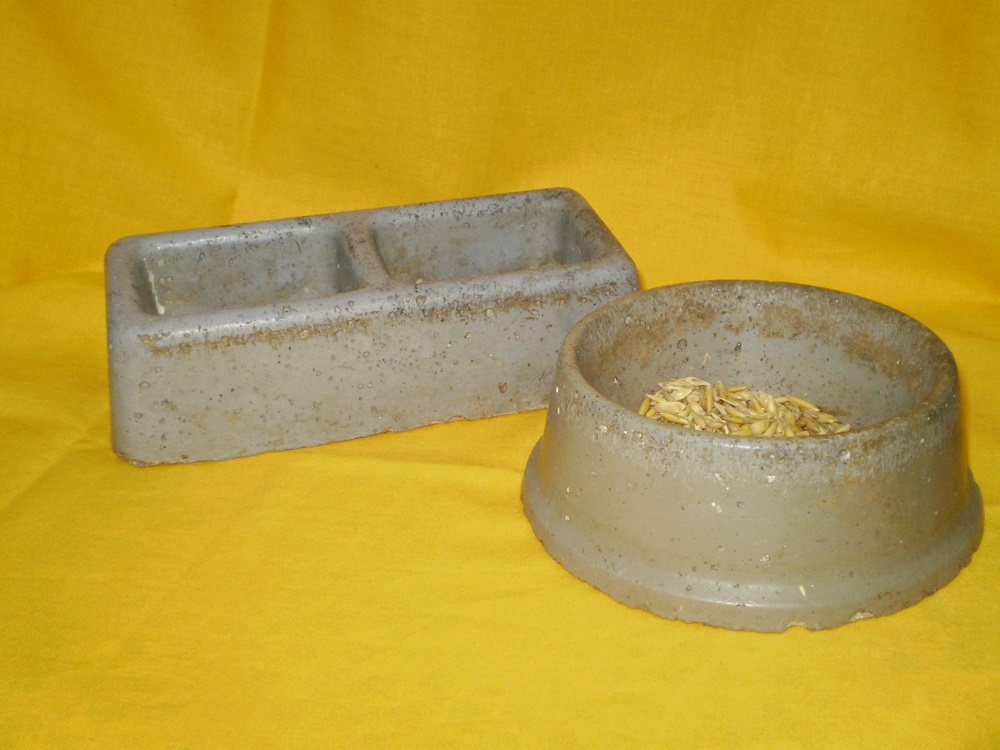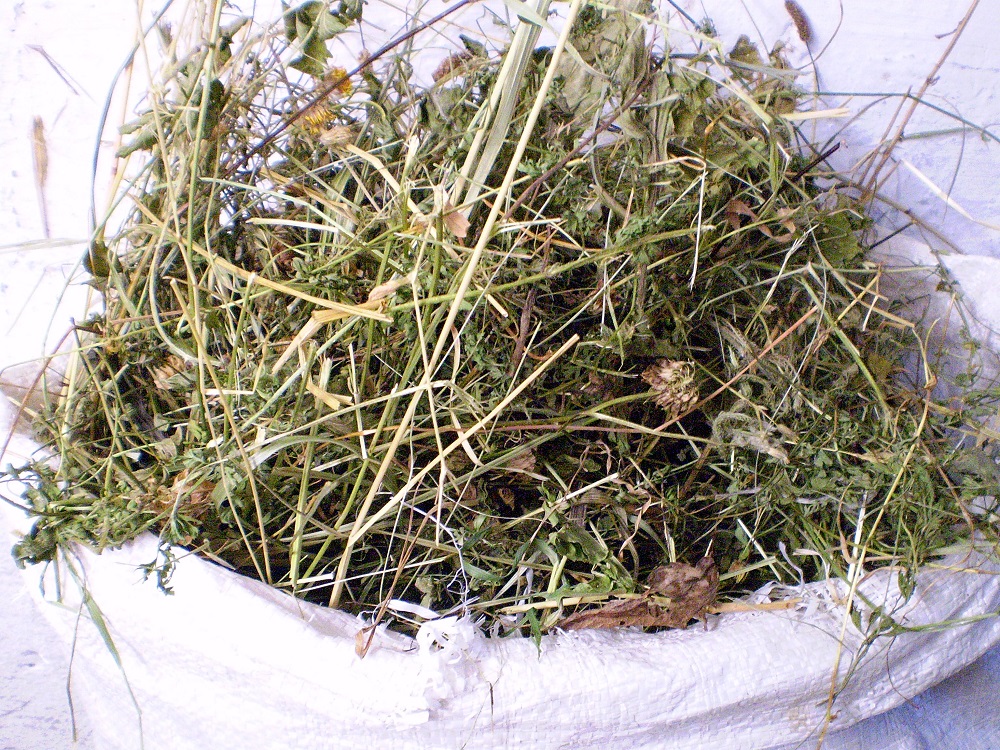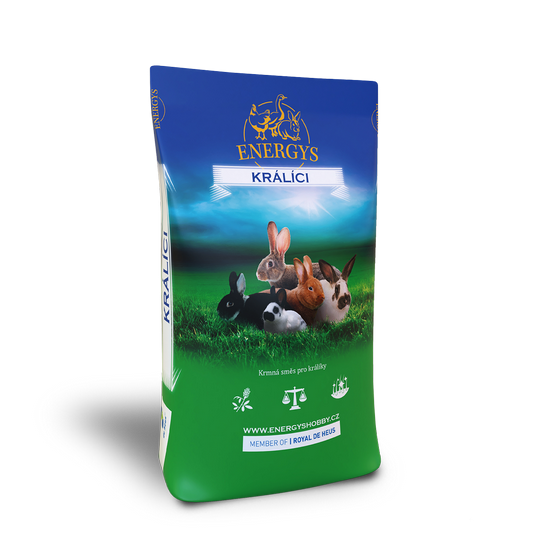Rabbits
Poultry
Laying hens
Quails
Guinea pigs
Pigs
Ostriches
Sheep and goats
Pigeons
Pheasants
Forest animals
Requirements For Breeding Rabbits
Basic breeding equipment and devices are necessary for the successful breeding of rabbits of any category. Specific needs correspond to the purposes of breeding, e.g. for exhibitions, meat production, pet breeding, etc. Breeding needs can be divided into those related to the housing of rabbits and those related to the technology of their feeding. The most common needs include the following. The spectrum is always dependent on the owner’s experience and possibilities.
Use of grain feed
Heavy feeders (e.g. ceramic, earthenware, special materials, etc.) are best suited for the use of grain feed (mixtures). The most important point is that it cannot be overturned by the weight of the rabbit, as this would contaminate the feed. The previously much preferred two-part feeders are only suitable for the simultaneous provision of grain feed (e.g. in young offspring – multiple feed places), but are unsuitable for the simultaneous provision of grain feed and water (rapid cross-contamination of water and feed). It is recommended to clean and wash the feeders approximately once a month. You can only use them again after they have been completely dried.

Mangers – bulky feed
A manger for hay/straw is a suitable but not absolutely necessary need. Currently there are multiple types of mangers. Outdoor full bins which dry bulky feed is put into and they are hung from the outside of the cage are very popular. Thanks to the closed system, the hay is not wasted and deteriorated in the external environment. Classical wire mangers can be used, but we have to make sure that the rabbit cannot enter and get stuck in them.
However, hay and straw can also be put on a rest platform. In case of very good hygiene, regular cleaning of the hutch and a measured dose of hay, the hay can be put on the hutch floor.

Water
Water may be provided from bowls or drinking basins. Water bowls must meet the general criteria – see above. For rabbits, drinking from a natural water surface is most natural for them, but the bowls require daily cleaning since the rabbits contaminate them with feed, feces, bedding or urine. Drinkers, which maintain better water hygiene over a longer period of time, have become popular. In such a case we always choose the corresponding volume of nipple drinkers, approx. 0.5 – 1 liter. Drinkers must be regularly cleaned of algae and the nipple mechanism must be checked.
Built-in rest platforms
Rest platforms are a simple structural element that increases the floor area of the housing. Rabbits like to use them and rest on them. Simple and cheap rest platforms made of wood have proved to be the best.
Brushes and combs for fur
For breeds of rabbits with normal fur, it is enough (outside the molting period) to comb irregularly. During molting, it is appropriate to comb out the old fur at least once a week. However, long-haired breeds (angora, teddy dwarf, etc.) must be combed every day to avoid felting their fleece.
For combing rabbits, we use brushes and combs, which have proven successful with dogs and cats. Brushes must be strong and with dense, soft metal bristles. Combs work best with a metal head. Intensify combing during the molting of rabbits.
Basic first aid kit
It is advisable to have basic medical supplies in case of sudden need. These include, but are not limited to, syringes, bandage, gauze, human eye solution, skin antiseptic solution (spray).
Related posts
10. April 2024
Keeping dwarf rabbits as pets is becoming increasingly popular. It does not require a lot of space and is ideal for people who live in smaller homes or apartments. Dwarf rabbits are also very friendly, so it’s no wonder that people are choosing them for this purpose more and more often. As with all animals,…
30. August 2022
In this article we will discuss several rabbit diseases – ear scab, tyzzer’s disease and heat stress.
24. August 2022
In this article we look at two diseases – e.Coli and enterocolitis.
2. August 2022
In this article we look at two common rabbit diseases, myxomatosis and infectious rhinitis.
13. July 2022
In the following article we will discuss rabbit plague – rhd or vhd (viral haemorrhagic disease of rabbits).
Related products

RABBIT DWART
Complete pelleted feed for dwarf rabbits with high digestibility. It contains a high proportion of fibre (high alfalfa and grass cake content) and a reduced sugar and starch content. Contains flaxseed, which has a positive effect on coat quality. Suitable for daily feeding. We recommend providing rabbits with safe fresh water and hay.

RABBIT CHAMPION
Feed for show rabbits, does not include Coccidiostat. A unique mix significantly supports the quality and growth of fur. Serve when moulting and at least two months before the start of the show season.

RABBIT GOLD FORTE
A premium feed mix in an ideal make up for gestating and breast feeding females. For the intensive fattening of rabbits for a period of up to 5 days before slaughter. It supports fast growth, meat content and an excellent state of health. It contains a coccidiostat which lowers the risk of mortality.

RABBIT KLASIK FORTE
Intended for the fattening of rabbits up to a point at least 5 days before slaughter. Suitable for attaining a high meat content and an excellent state of health. Thanks to its Coccidiostat content it lowers the animals mortality.

RABBIT KLASIK
For the final phase of rabbit fattening, a minimum of 5 days before slaughter. It supports high meat content and excellent taste qualities in rabbit meat. Without a coccidiostat.

RABBIT START
For young rabbits from the start of accepting feed to 4-6 weeks after weaning. The feed helps to significantly lower the death rate in the period around weaning. It contains a raised percentage of fibre and less starch. It does not contain a coccidiostat.
